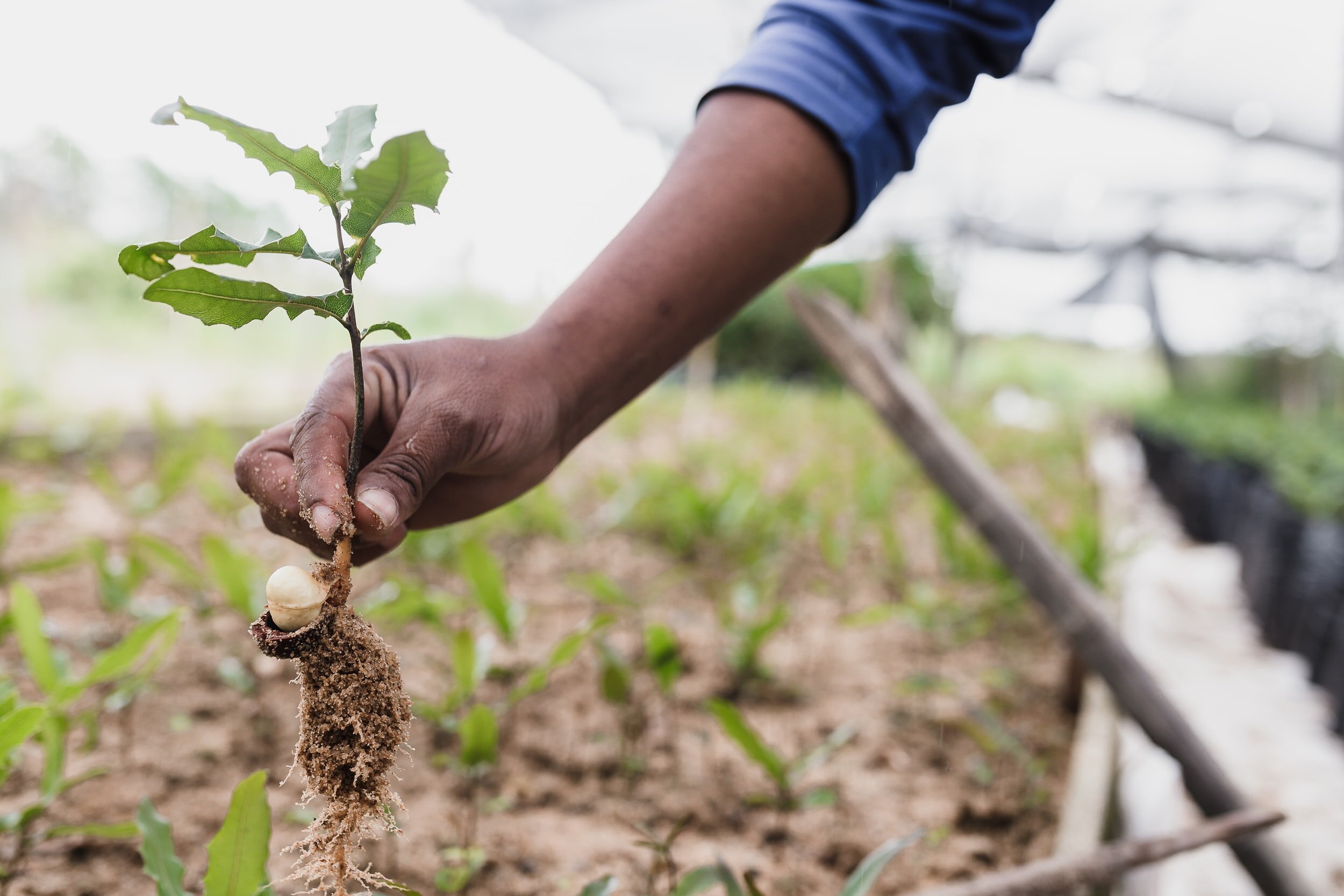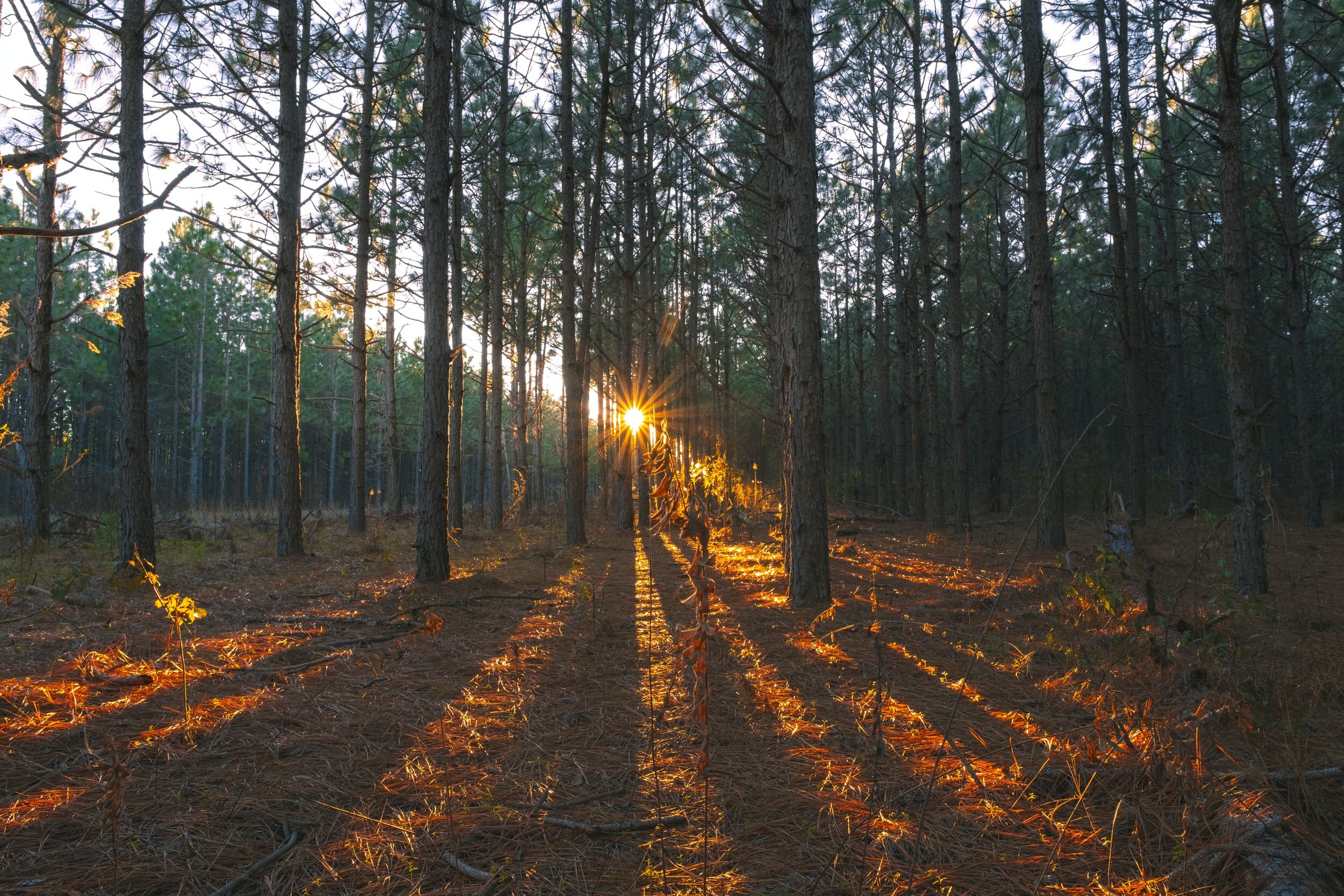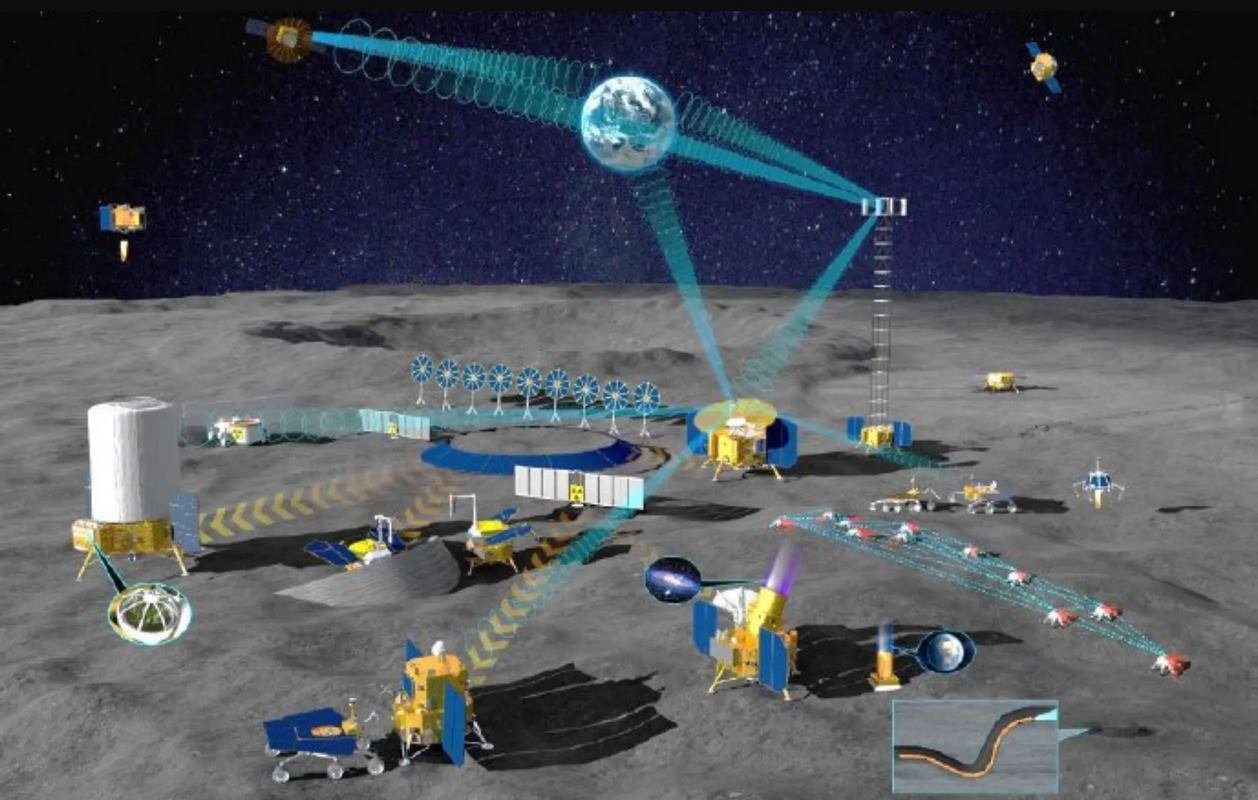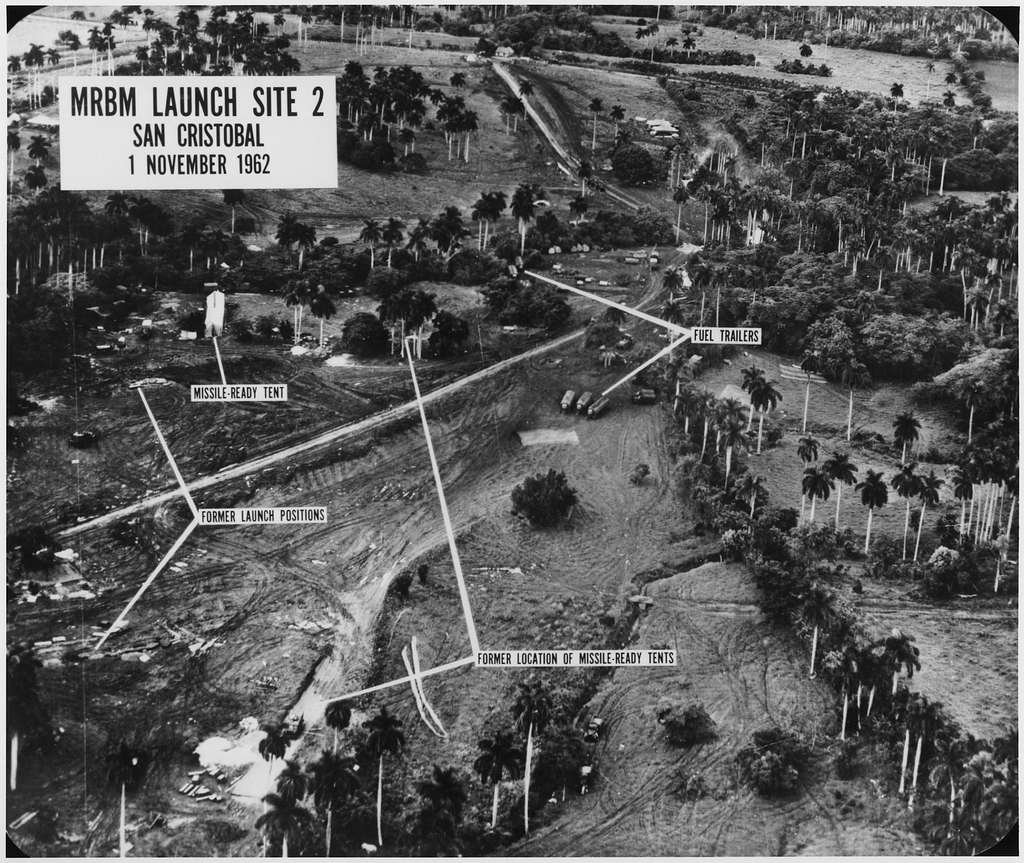Story at a glance…
-
Reforestation is key to fighting the effects of climate change, yet not all strategies of reforestation have equal outcomes.
-
Multiple studies show natural forest regeneration is cheaper, sequesters more carbon, and maintains more biodiversity, than hand planted forests.
-
The Brazilian Atlantic Forests are being zeroed in on as a prime candidate for a massive case of letting nature take its course.
Since the early years of the 21st century, ideas about reforestation have taken root around the world as climate change moved further and further into a place of principality in the domain of development policy.
Now a decade after mass tree planting began in earnest across the world in the name of preventing climate change, a body of research indicates humanity has likely, and perhaps unsurprisingly, gotten it all wrong. Naturally regenerated forests are much better ways of achieving climate targets than mass planting.
A report from Forest News finds that Brazil’s Atlantic Forest, the oft-ignored, great forest habitat in the country, is a prime candidate for natural regeneration strategies.
Home to a wealth of biodiversity that includes ocelots and golden lion tamarins, the Atlantic Forest biome is recognized as a UNESCO Biosphere Reserve and a Brazilian Natural Heritage site. However, it has lost nearly 80% of its original area due to logging and agricultural expansion, making it ideal for restoration initiatives, reports a study from 2018.
In a separate study, seeking to map and quantify the potential for natural forest regeneration in the Atlantic Forests, the researchers found that of the current forest cover, which is around 34.1 million hectares (131,000 square miles) 8% was regenerated naturally between 1996 and 2015, but that another 20 million hectares could be reforested with a mix of natural and assisted strategies, between now and 2035, all the while saving around $90 billion in operation costs.
The savings in dollars is key, since natural forest regeneration efforts are reported to only account for 2% of the total climate change funding in the world.
Is letting nature take its course really the best bet with such tight climate deadlines? Part of the conversation has to involve a second look at mass manual-planting strategies.





